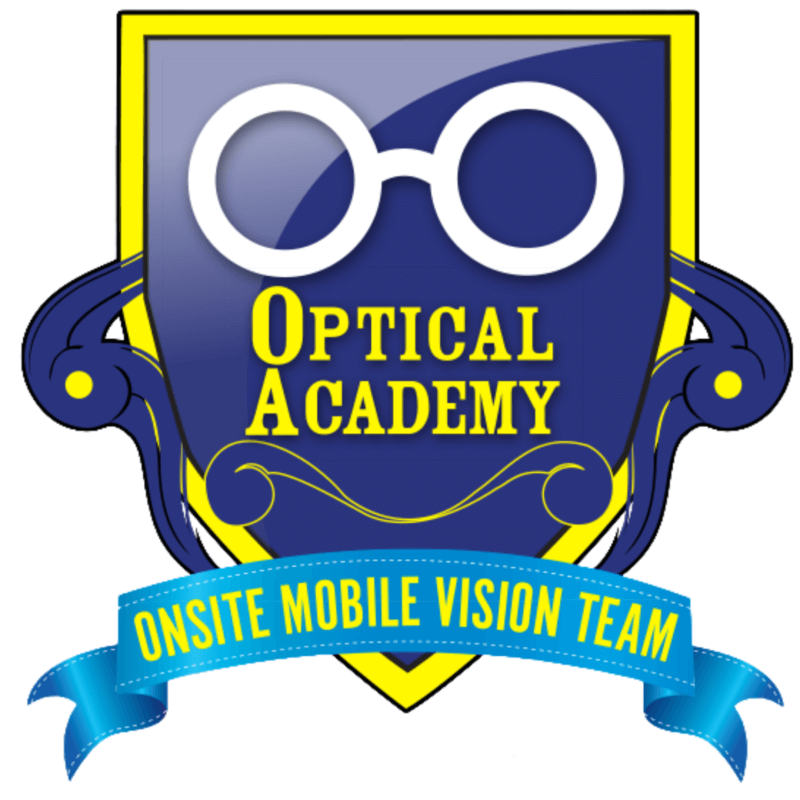
Photo by Clker-Free-Vector-Images on Pixabay
An eye prescription is a document issued by an optometrist or ophthalmologist that specifies the amount of vision correction you need. This document is crucial for acquiring the correct eyeglasses or contact lenses to improve your visual acuity. This guide aims to help you comprehend your eye prescription and make informed decisions about your eyewear.
Table of Contents
Why an Eye Prescription is Essential
Your vision is one of your most vital senses, and properly understanding your eye prescription can ensure you receive the most accurate corrective lenses possible. The correct prescription can significantly enhance your quality of life by improving your ability to perform day-to-day activities like driving, reading, and working on a computer.
Interpreting Your Eye Prescription: A Deep Dive
Understanding the terms and abbreviations used in your eye prescription can be quite daunting. Let’s break down these components for a clearer understanding.
OD, OS, and OU
These abbreviations come from Latin:
- OD (Oculus Dexter) refers to the right eye.
- OS (Oculus Sinister) refers to the left eye.
- OU (Oculus Uterque) is used when a prescription refers to both eyes.
Sphere (SPH)
The sphere signifies the lens power, denoted in diopters, needed to correct nearsightedness or farsightedness. If the number has a minus sign (-), you are nearsighted. If it has a plus sign (+) or no sign, you are farsighted.
Cylinder (CYL) and Axis
These two values work together to correct astigmatism, a condition that causes blurred vision due to an irregularly shaped cornea or lens. The cylinder indicates the degree of astigmatism, while the axis reveals the orientation of the astigmatism.
Add
This is the additional magnifying power applied to the bottom part of multifocal lenses, enhancing close-up vision. This number usually has a plus power and will be the same for both eyes.
Prism
This indicates the amount of prismatic power, typically used to correct issues related to eye alignment, such as double vision.
Nearsightedness and Farsightedness
There are two common vision problems that eye prescriptions often address – nearsightedness and farsightedness.
Nearsightedness (Myopia)
Nearsighted individuals have difficulty seeing distant objects clearly. This condition often begins in childhood and becomes stable in early adulthood.
Farsightedness (Hyperopia)
Farsighted individuals have trouble focusing on nearby objects. This condition is less common and tends to be present from birth, with many children outgrowing it as their eyeballs lengthen with age.
Astigmatism
Astigmatism results in blurred or distorted vision at all distances. This condition occurs when the cornea or lens has an irregular shape, causing light to focus at multiple points on the retina.
Multifocal Lenses and Presbyopia
Presbyopia is a common age-related vision problem that reduces the eye’s ability to focus on close objects. Multifocal lenses, like bifocals and progressive lenses, are often prescribed to correct this issue. These lenses have different zones for viewing at different distances.
Prescription for Contact Lenses
It’s important to note that an eye prescription for glasses does not directly transfer to a contact lens prescription. Because contact lenses sit directly on the eye, their prescription includes additional measurements and may require a specific brand or lens type.
Prescription Variations
Eye prescriptions can vary based on several factors, including the severity of your vision problem, your age, and the specific type of corrective lenses you need. There are also different types of prescriptions for eyeglasses, contact lenses, and even for different types of contact lenses.
Taking Care of Your Vision
While understanding your eye prescription is important, regular eye exams are crucial for maintaining good eye health. These exams can detect vision problems early and ensure that your prescription stays up-to-date.
Conclusion
An eye prescription is more than just a piece of paper; it’s a key to clear vision. Understanding your prescription can help you make informed decisions about your eyewear and ensure you get the most out of your corrective lenses. If you have any questions about your eye prescription, don’t hesitate to ask your eye care professional.
Remember, regular eye exams are a critical part of maintaining good vision and overall eye health. Don’t overlook the importance of scheduling regular check-ups with your eye care professional.


Worksite
All Employees Served With Direct Vision Care All In One Day At Their Worksite!.
Glasses2Classes
Vision screenings, eye exams, and eyewear for all students at their schools!
Community Events
Provide Easy Access To Eye Care & Eyewear for Your Entire Community!
At Home
Skip the trip! We travel directly to all fragile homebound patients!